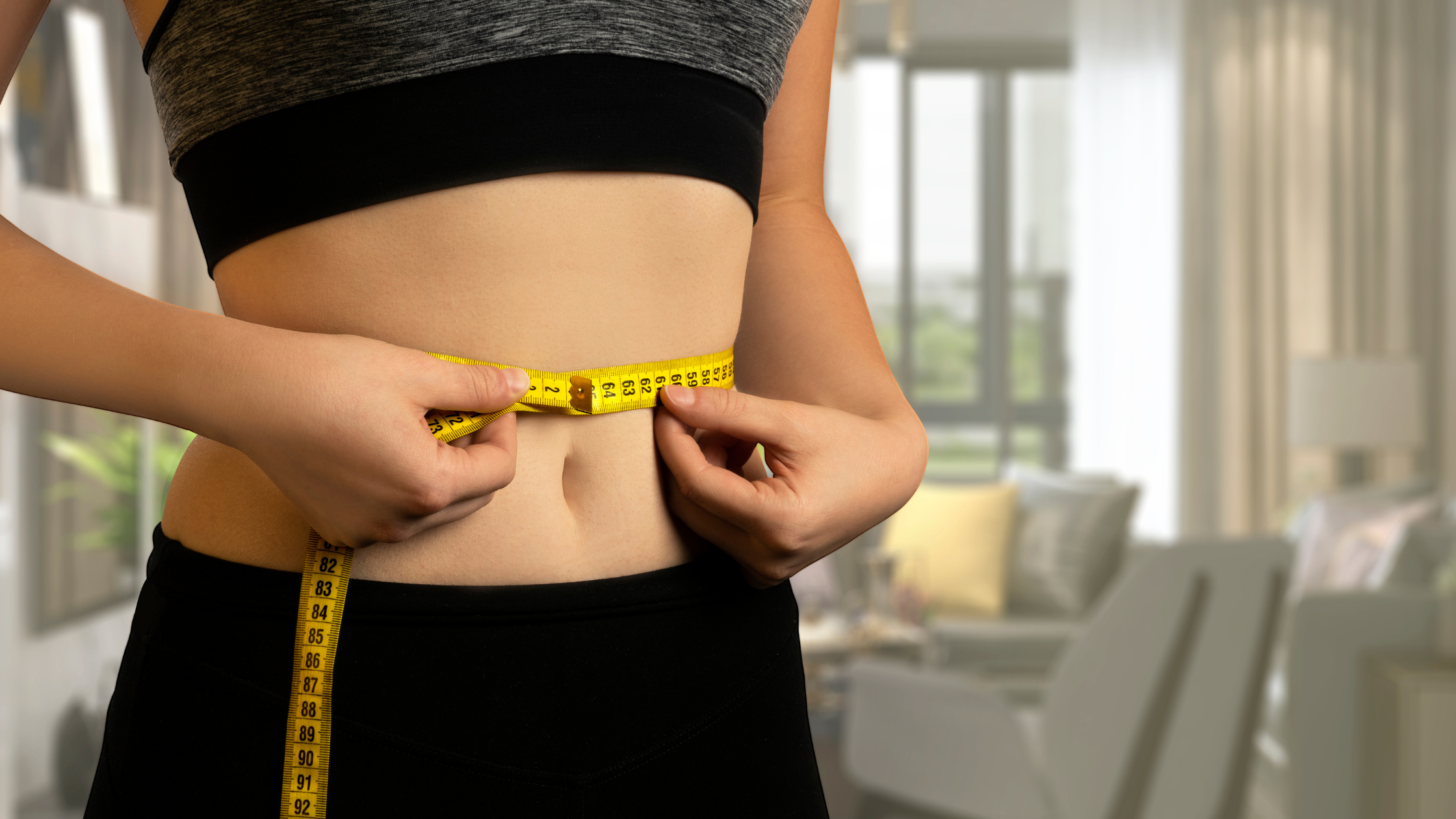FITNESS BLOG

10 Exercises to Sculpt Your Shoulders
Many people mistakenly think that doing tons of biceps curls and tricep kickbacks will make their arms look more “toned” and strong. But in reality—it’s the shoulders that really make the arms pop! Training the shoulders is not only important for developing sculpted-looking arms. It’s also a key part of training for injury prevention. Check out my training tips for incorporating shoulder work into your weekly training routine as well as 10 example exercises with demo videos!

How to Do AMRAP Sets
If you're trying to build muscle but you're not sure what weight you should be using, AMRAP sets might be just what you need! AMRAP stands for "as many reps as possible." You can do an AMRAP set to figure out whether the weight you’re using in your working sets is too light, too heavy, or just right. Check out this post to learn how to use AMRAP sets effectively in your training program.

How to Track Your Progress
One of the best ways to stay motivated in your fitness journey is to track your progress! Taking body measurements and progress photos every few weeks can give you a sense of momentum to keep showing up for your workouts and diet plan. Read more to learn how to track your workouts, take progress photos, track body weight, body measurements, and more.

How to Build Muscle
If you’re trying to get in shape, you can’t neglect the importance of building muscle! This is one of the most important components of staying fit and healthy. The best way to combat muscle loss is to live an active lifestyle, practice resistance training regularly, and properly manage your nutrition & wellness. Continue reading below for more information on how to keep your muscles strong and healthy.

Trainer's Tips for the Holidays
In case you are stressing about keeping up with your training and nutrition plans, let me just tell you right now–it is 100% okay to enjoy the holidays. Living a fit lifestyle is all about balance. Your body only reflects what you do most of the time! So if most of the time you eat a healthy diet and exercise regularly–a few days off isn’t going to set you back in your progress!